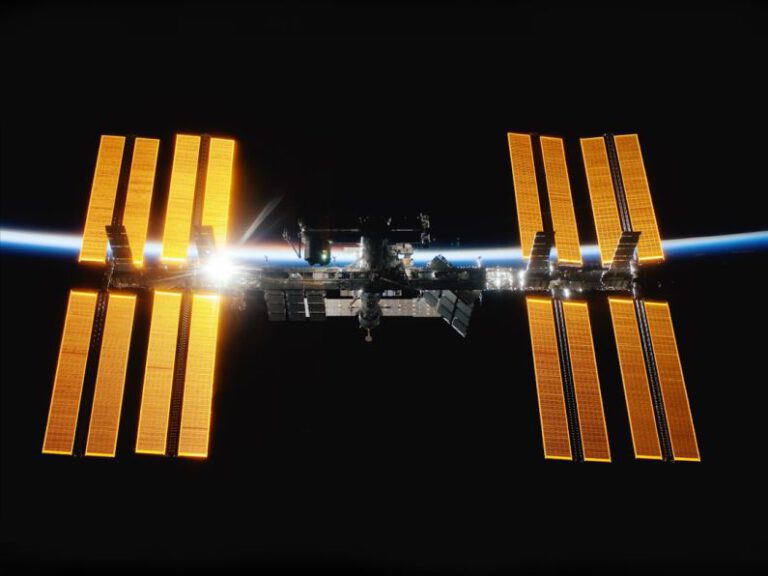Spacex’s Starlink: Revolutionizing Global Connectivity
In the ever-evolving landscape of technology, one company is pushing the boundaries of innovation and connectivity like never before. SpaceX, founded by tech entrepreneur Elon Musk, has launched an ambitious project known as Starlink, with the goal of revolutionizing global connectivity. With the increasing demand for high-speed internet access across the world, Starlink aims to provide reliable and high-speed internet to even the most remote regions, bridging the digital divide and connecting people like never before.
Unprecedented Satellite Constellation
At the core of Starlink’s mission is its unprecedented satellite constellation. Unlike traditional internet providers that rely on ground-based infrastructure, Starlink utilizes a network of thousands of small satellites in low Earth orbit. This constellation of satellites forms a web of connectivity that can deliver high-speed internet access to virtually any location on the planet. By leveraging the low latency of satellite technology, Starlink is able to provide internet speeds comparable to, and in some cases surpassing, those of traditional broadband providers.
Rapid Deployment and Expansion
One of the key advantages of Starlink is its rapid deployment and expansion capabilities. Traditional internet infrastructure can be costly and time-consuming to implement, especially in remote or underserved areas. Starlink’s satellite-based approach allows for quick deployment, making it possible to rapidly expand coverage to new regions. This agility is crucial in providing internet access to areas that may have previously been deemed unreachable or financially unviable by traditional providers.
Closing the Digital Divide
The digital divide, the gap between those who have access to reliable internet and those who do not, has been a persistent issue in the modern world. Lack of internet access can have far-reaching consequences, affecting education, healthcare, and economic opportunities. Starlink’s mission to bridge this gap is not just about providing internet access—it’s about empowering communities and enabling them to thrive in the digital age.
Challenges and Criticisms
While Starlink has the potential to revolutionize global connectivity, it is not without its challenges and criticisms. Some environmentalists have expressed concerns about the impact of the satellite constellation on astronomical observations and space debris. Additionally, there are regulatory hurdles and competition from existing internet providers that could pose obstacles to Starlink’s widespread adoption. Despite these challenges, SpaceX remains committed to overcoming them and delivering on the promise of global connectivity.
Future Possibilities and Implications
The implications of Starlink’s success are far-reaching and hold the potential to reshape the way we connect with the world around us. From enabling remote work and education to supporting disaster relief efforts and improving communication in rural areas, the possibilities are endless. Starlink’s innovative approach to global connectivity is paving the way for a more interconnected and accessible world, where the barriers of distance and geography are no longer limitations.
Empowering the Unconnected
In conclusion, SpaceX’s Starlink project is more than just a technological marvel—it is a beacon of hope for the billions of people around the world who are currently unconnected or underserved by traditional internet providers. By revolutionizing global connectivity and bridging the digital divide, Starlink is empowering communities, driving innovation, and unlocking new opportunities for people everywhere. As Starlink continues to expand its reach and capabilities, the future of global connectivity looks brighter than ever before.






